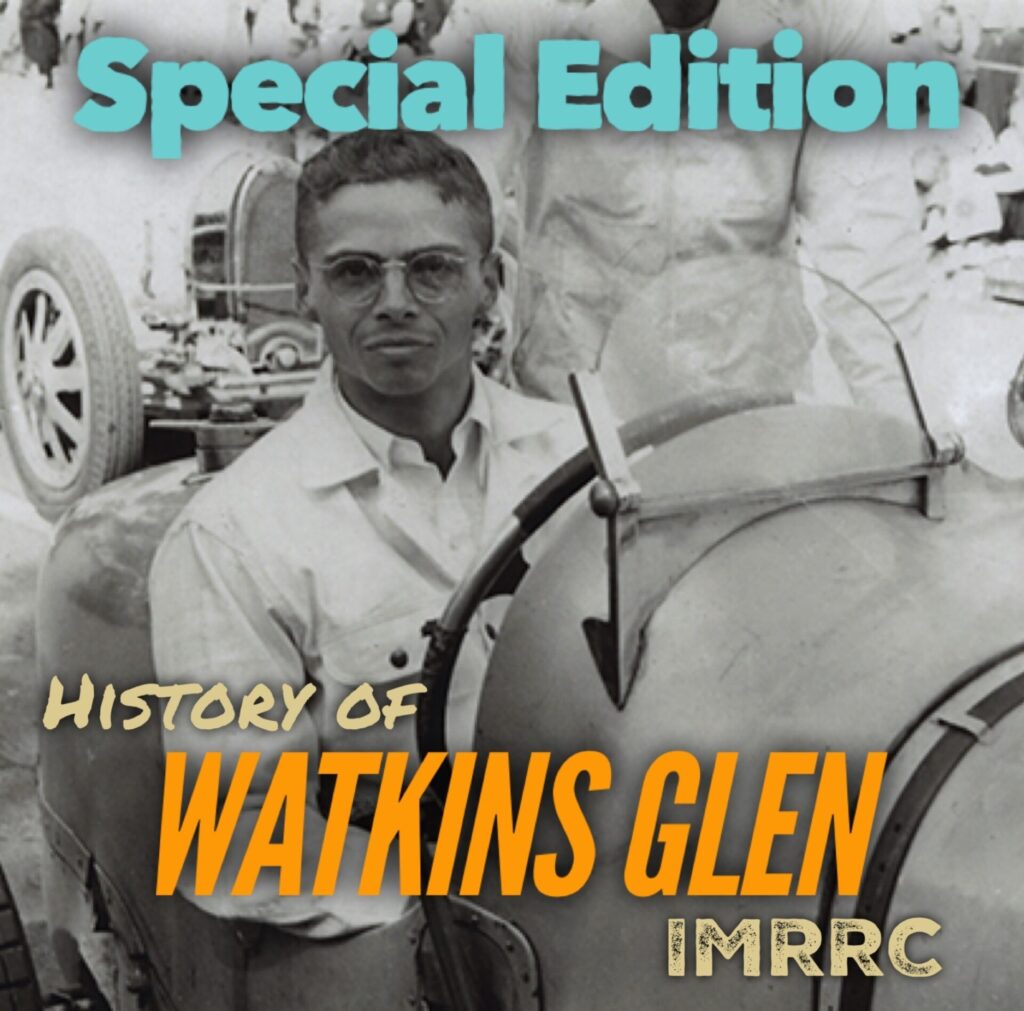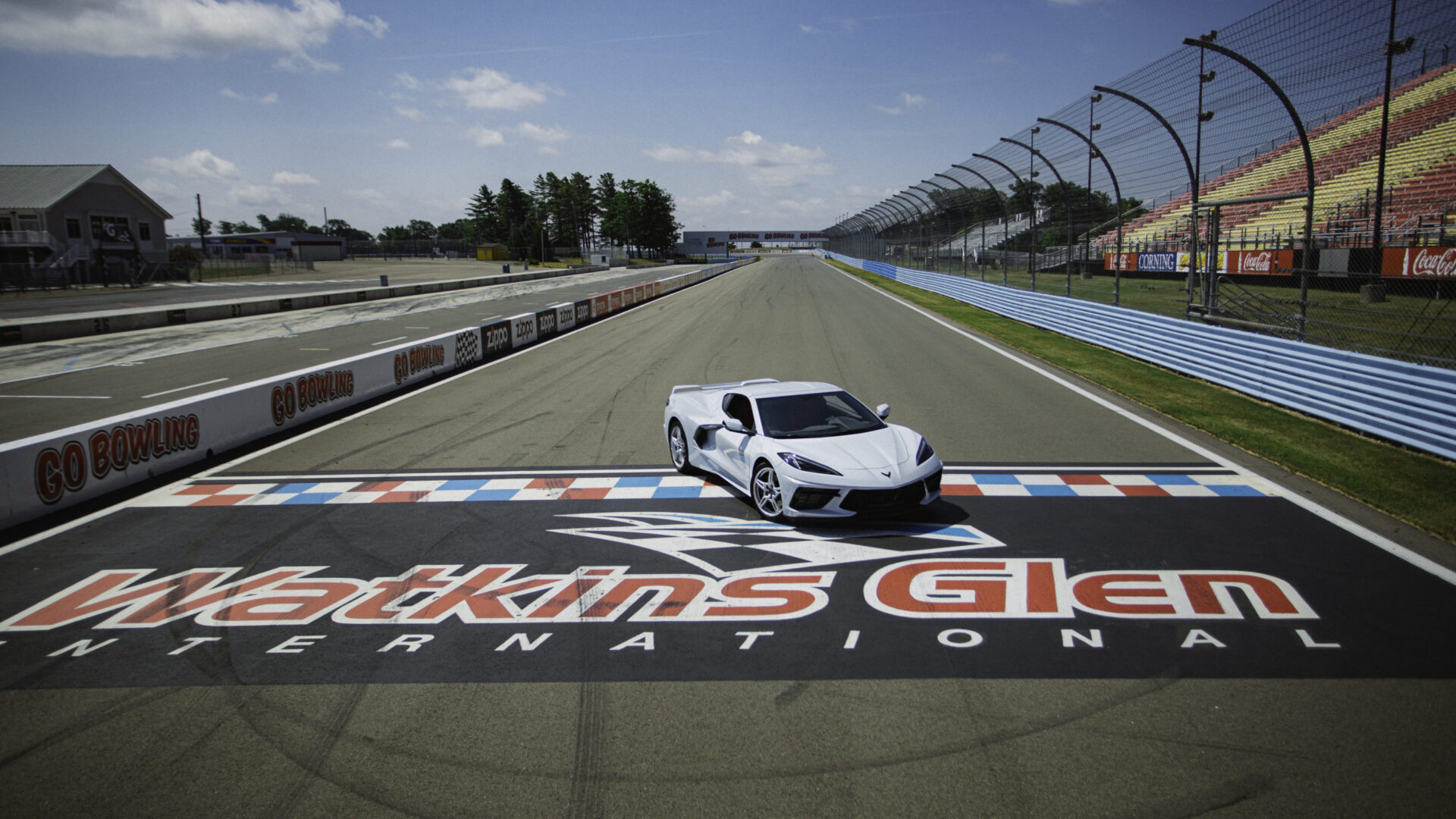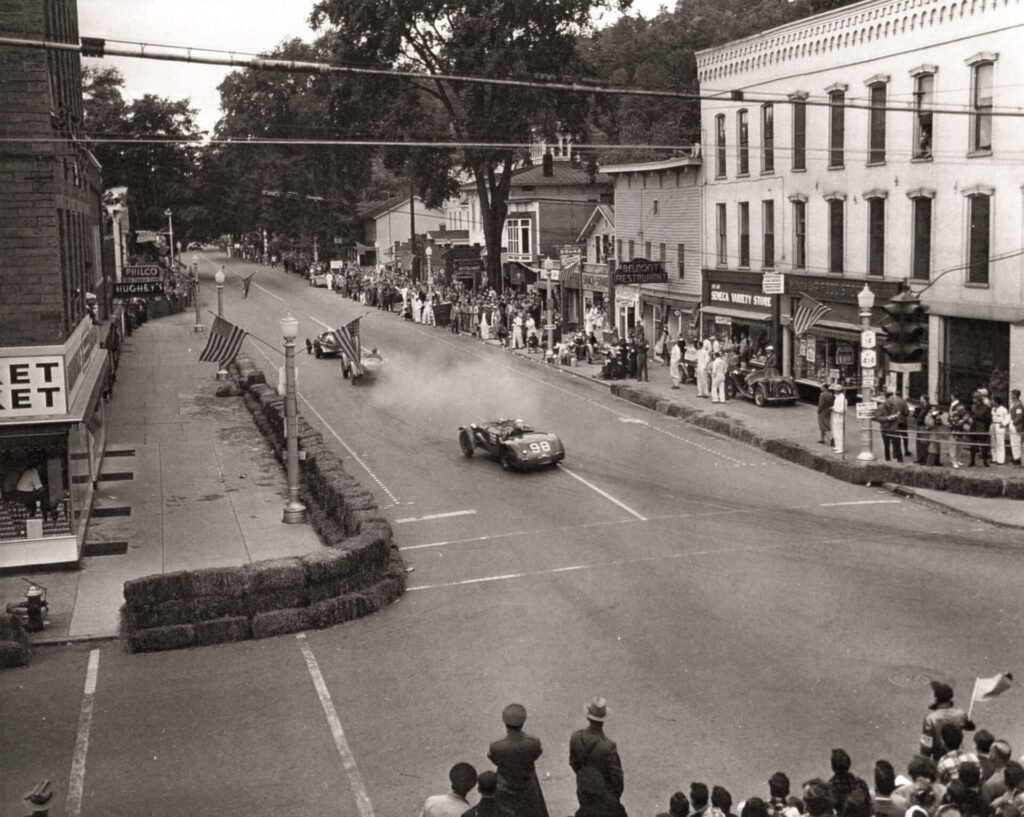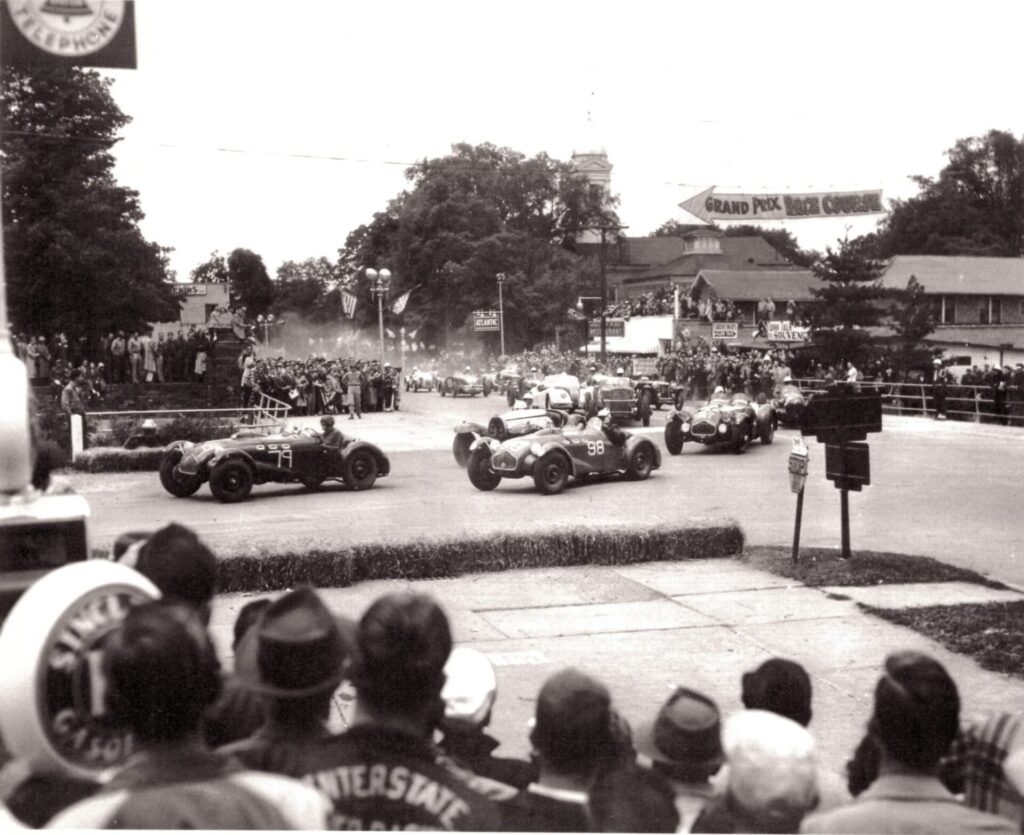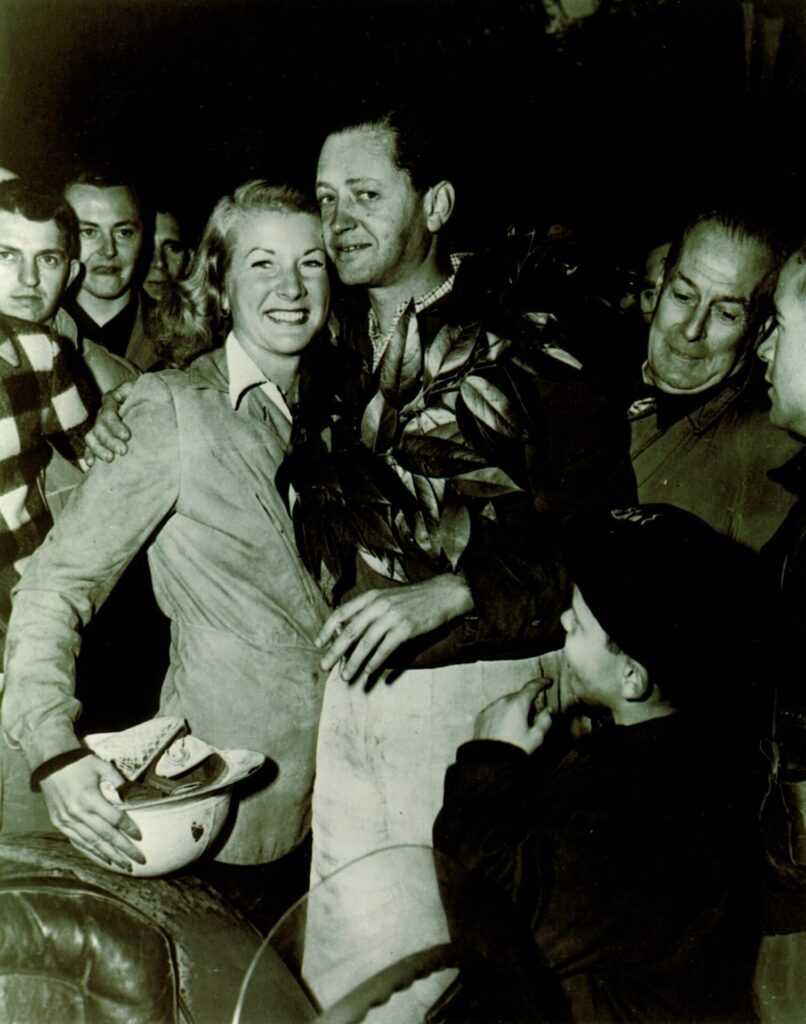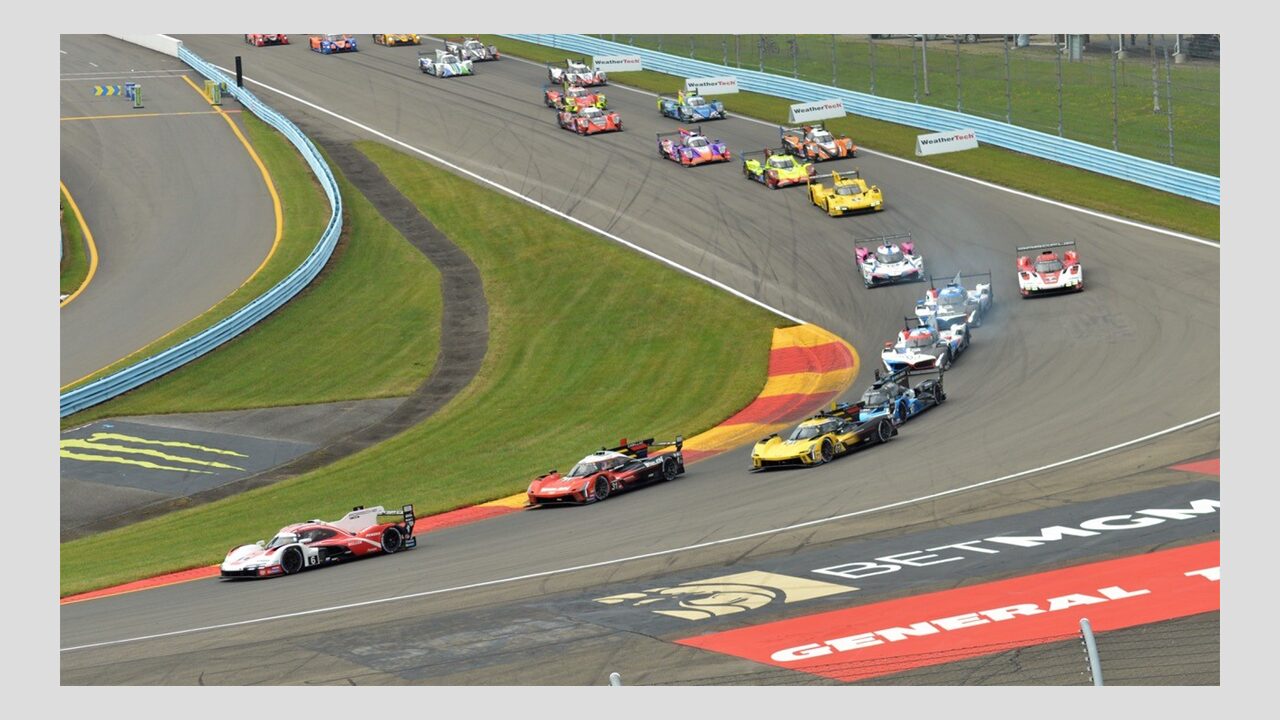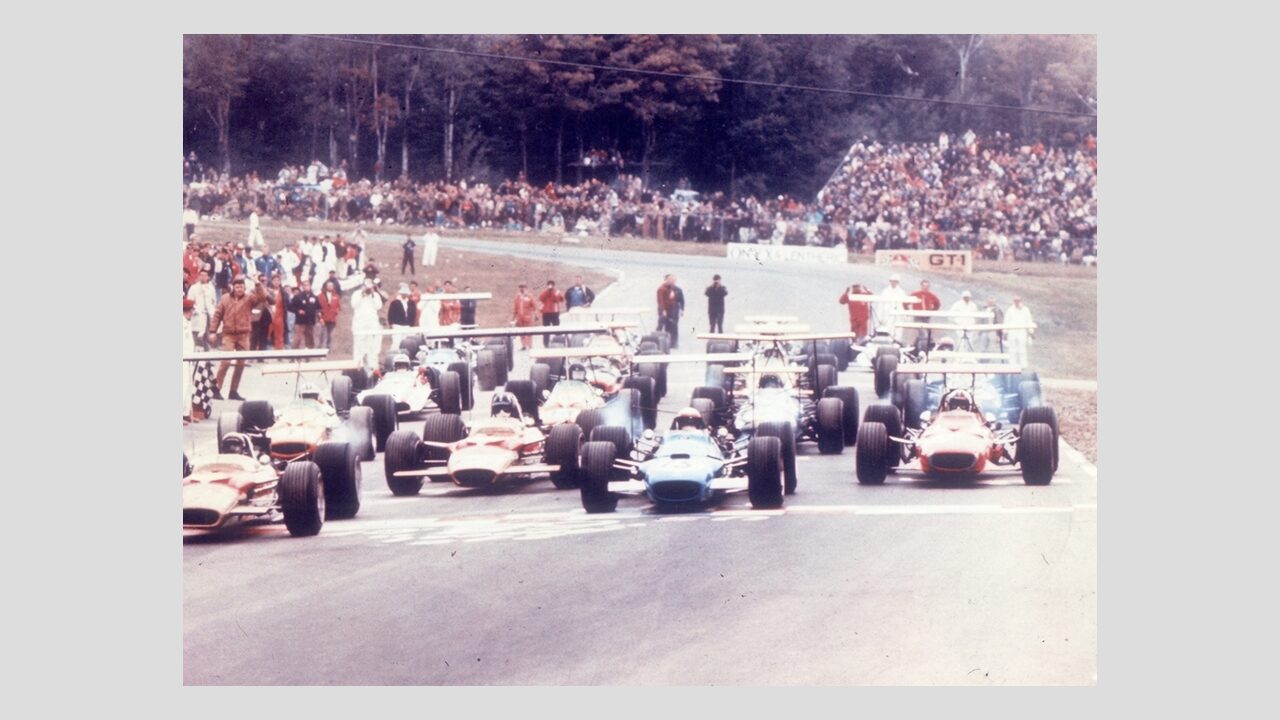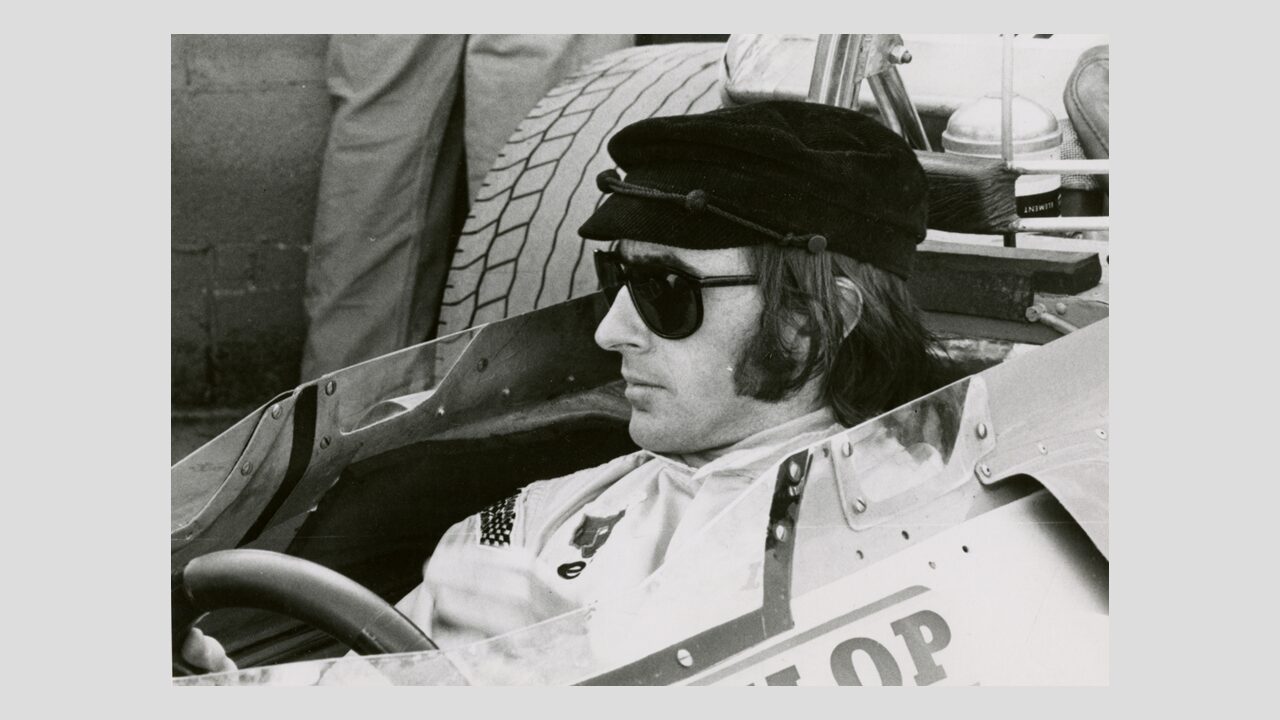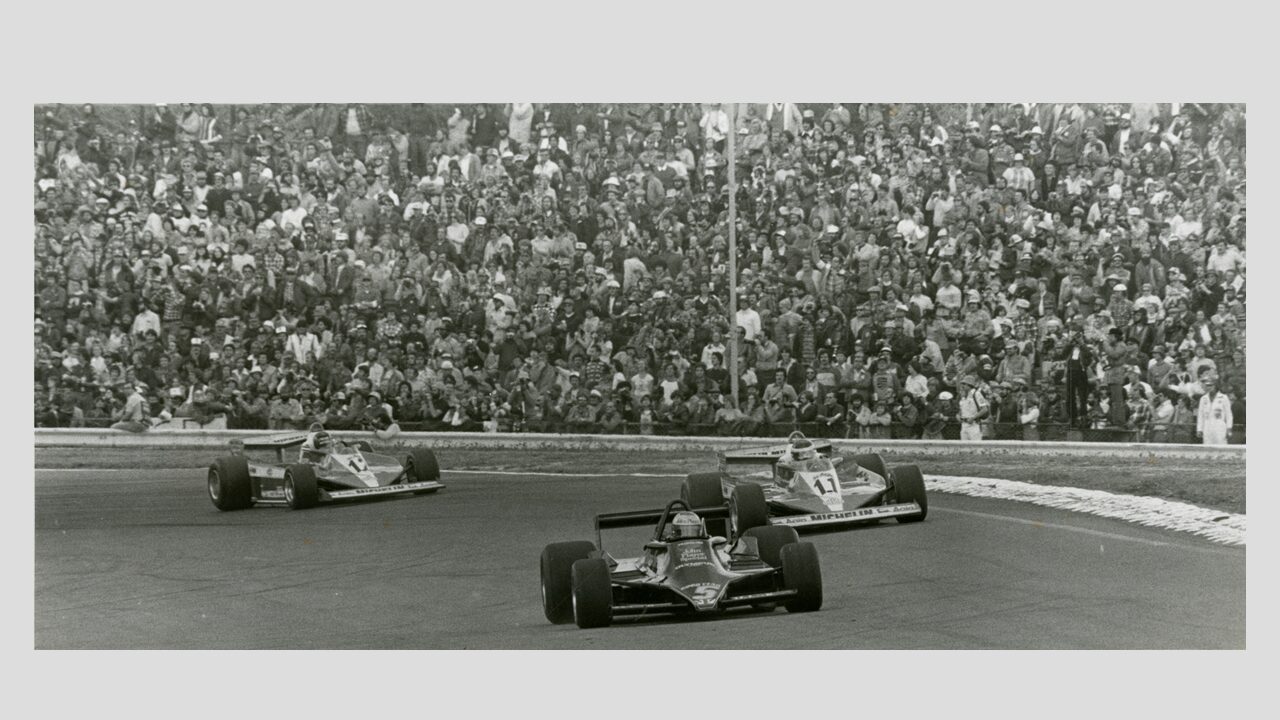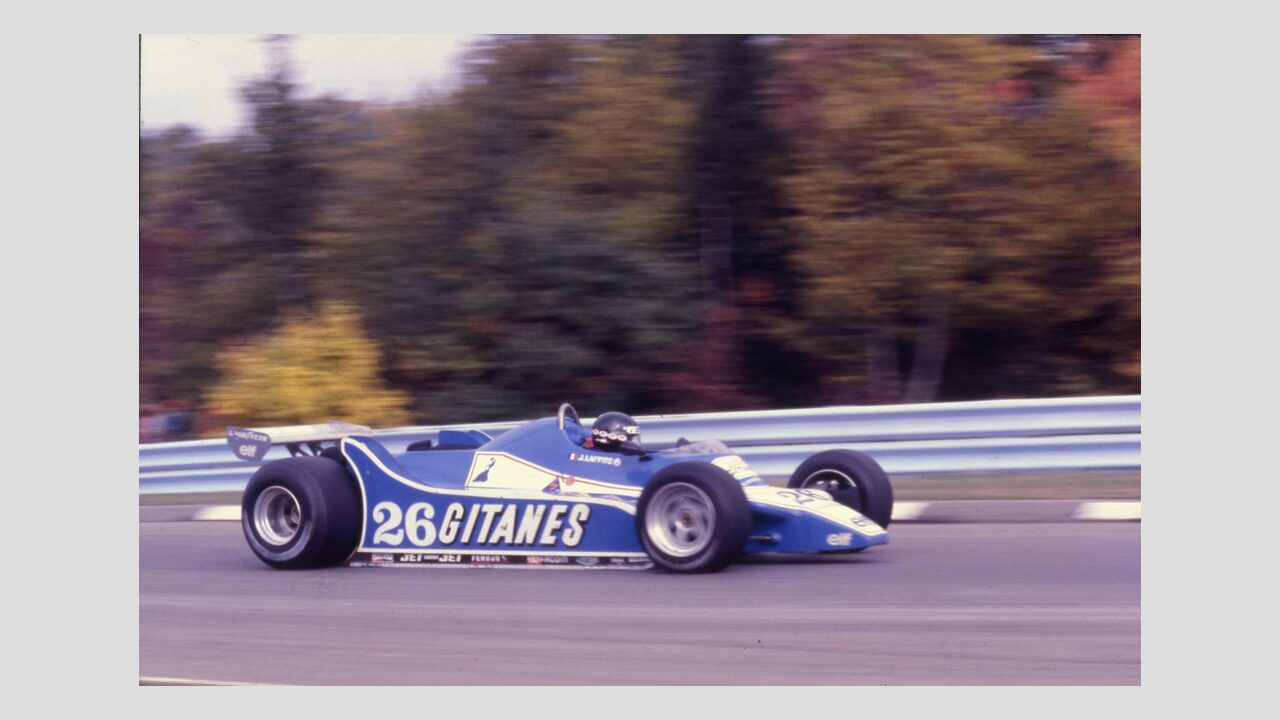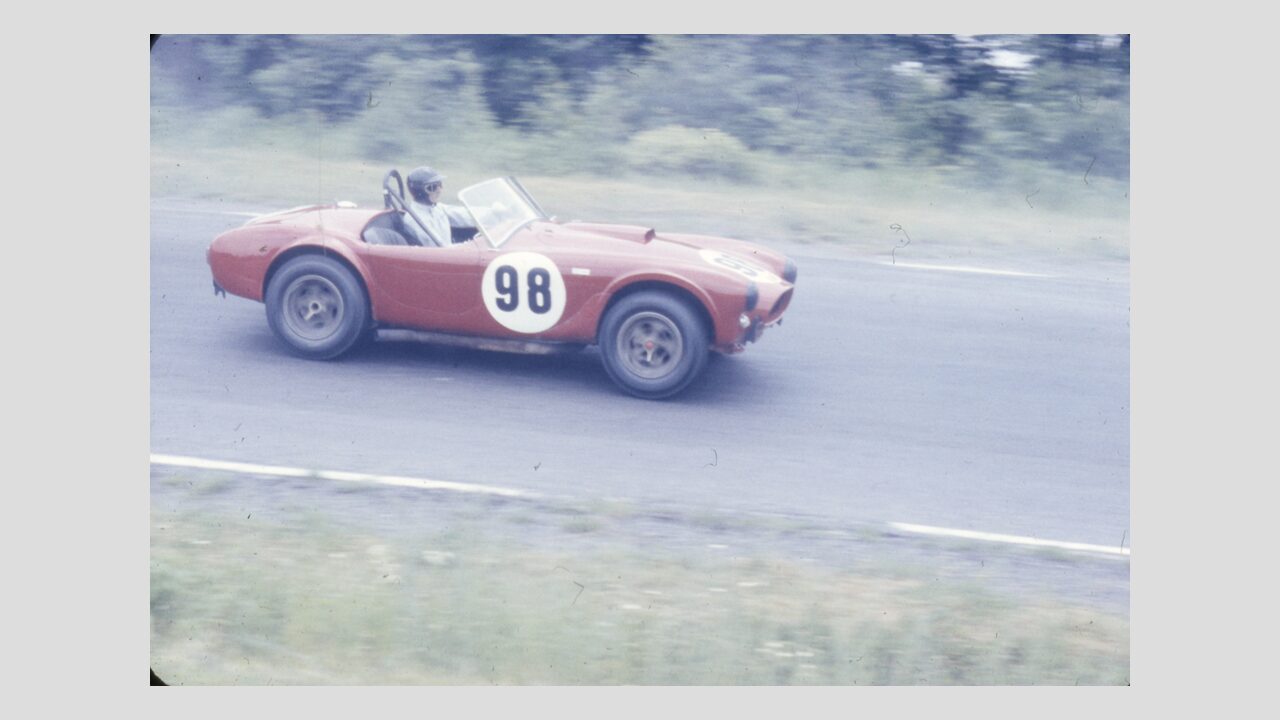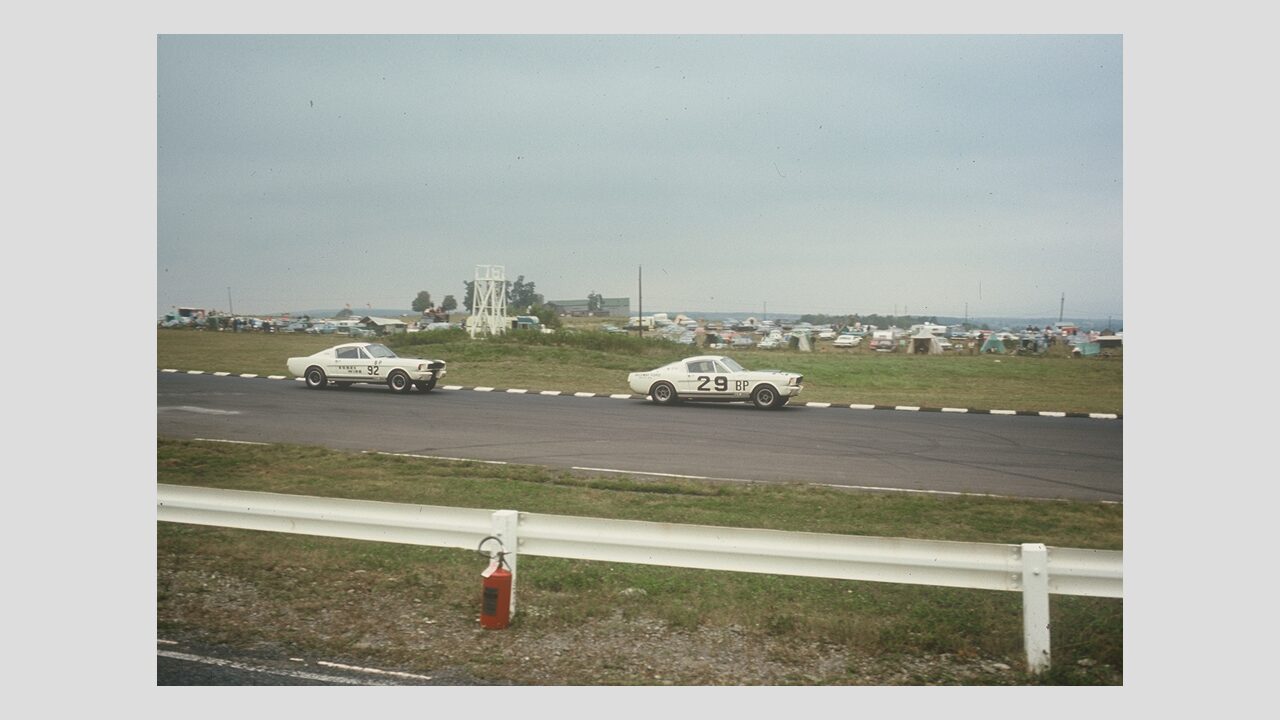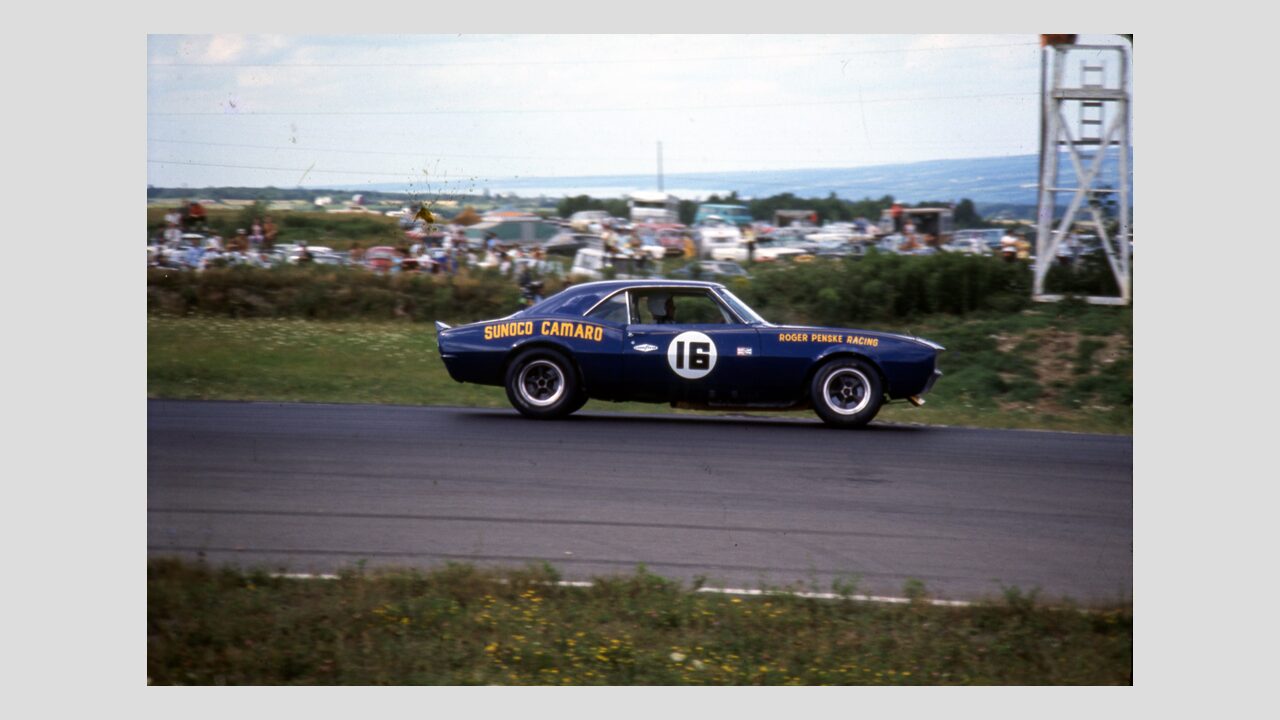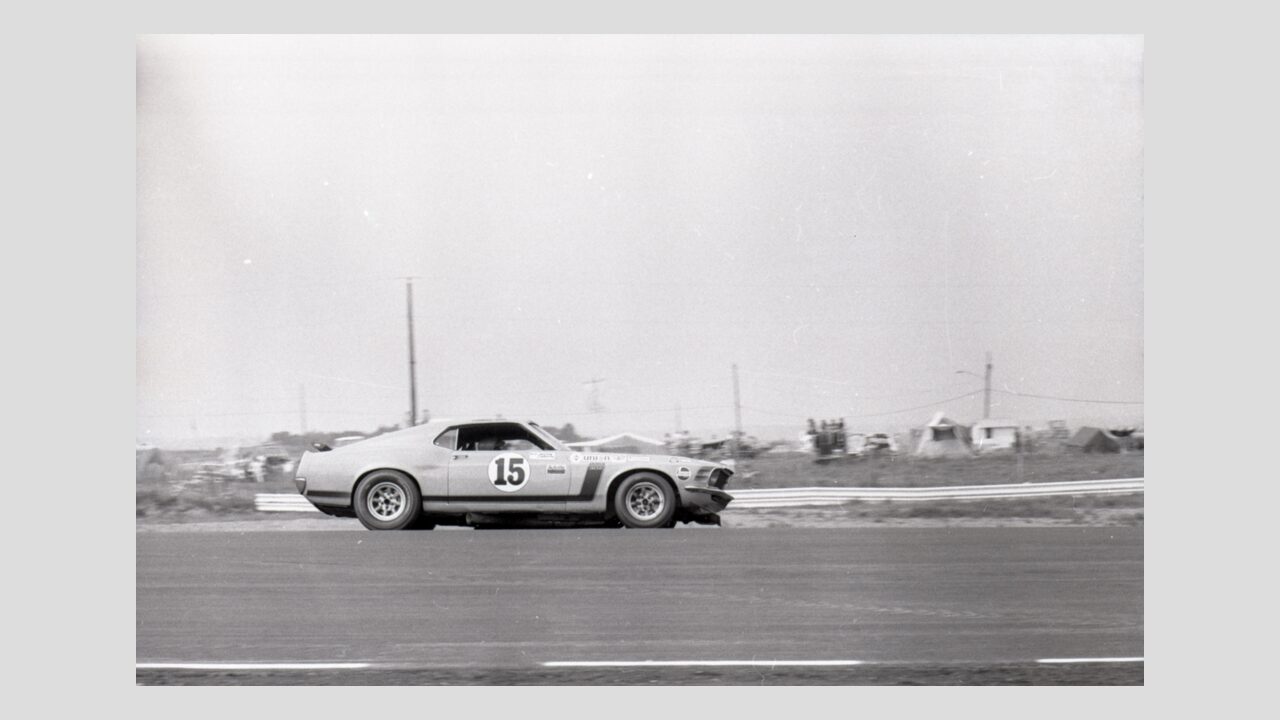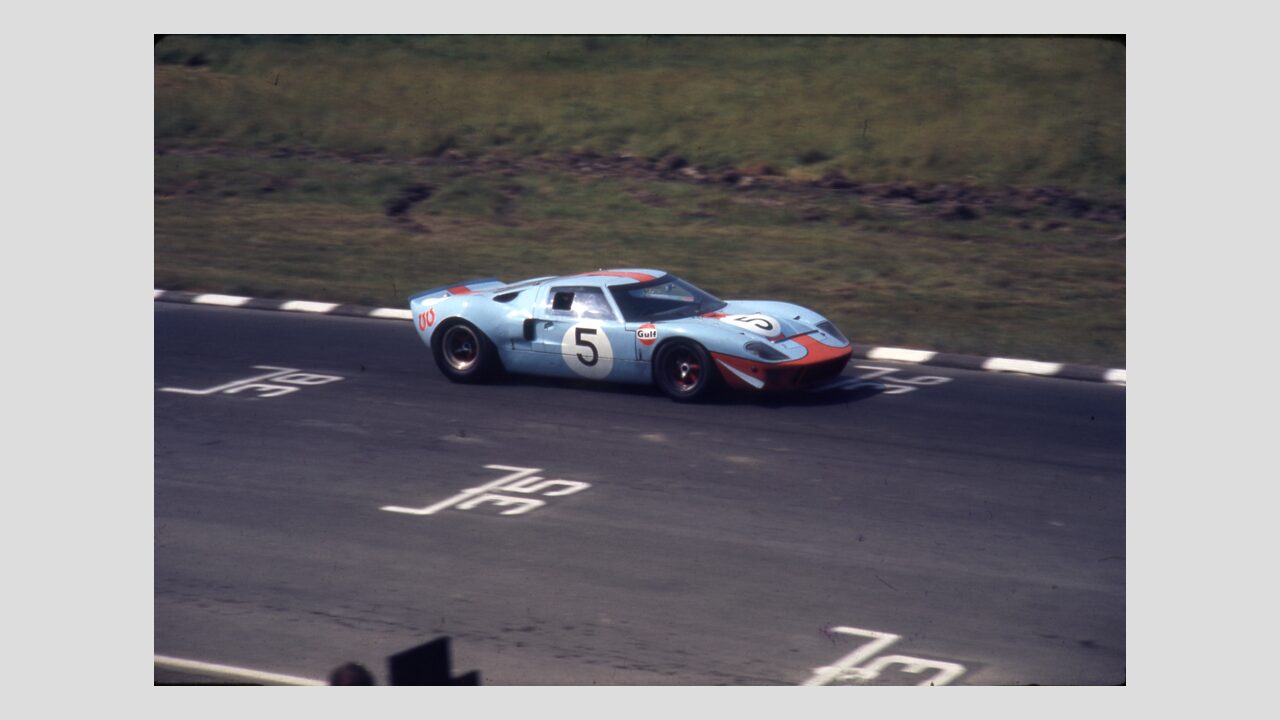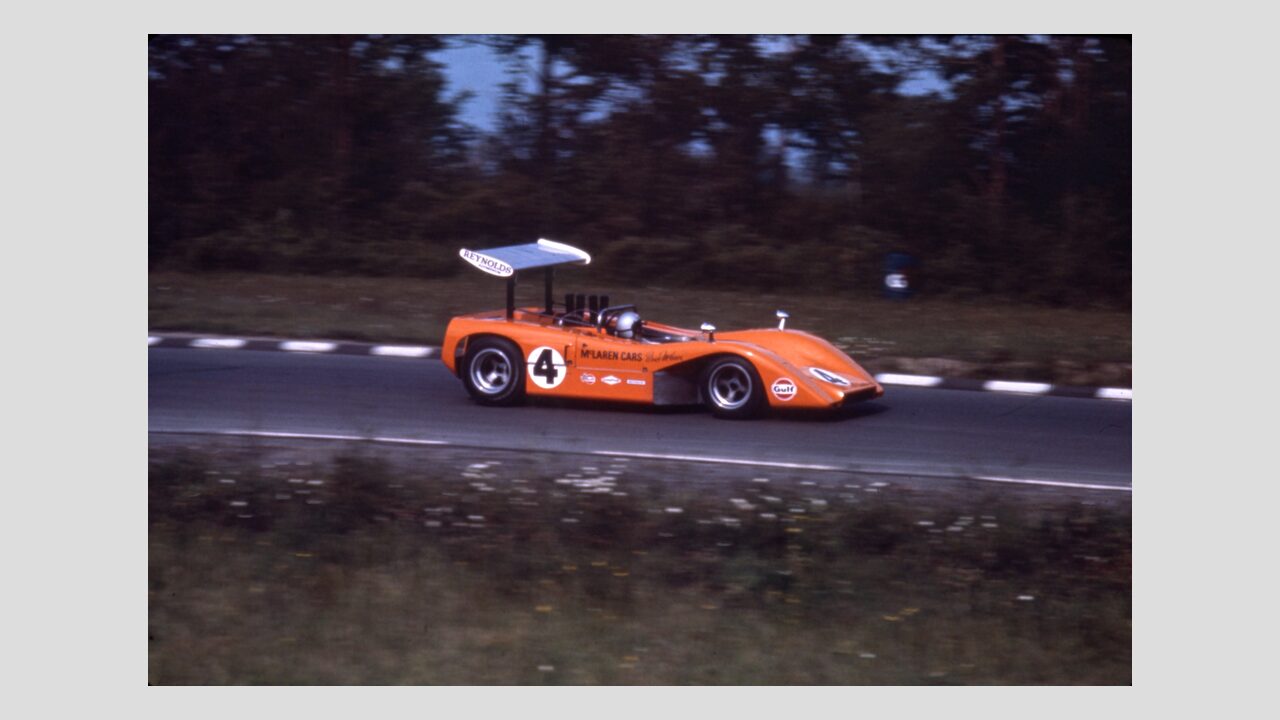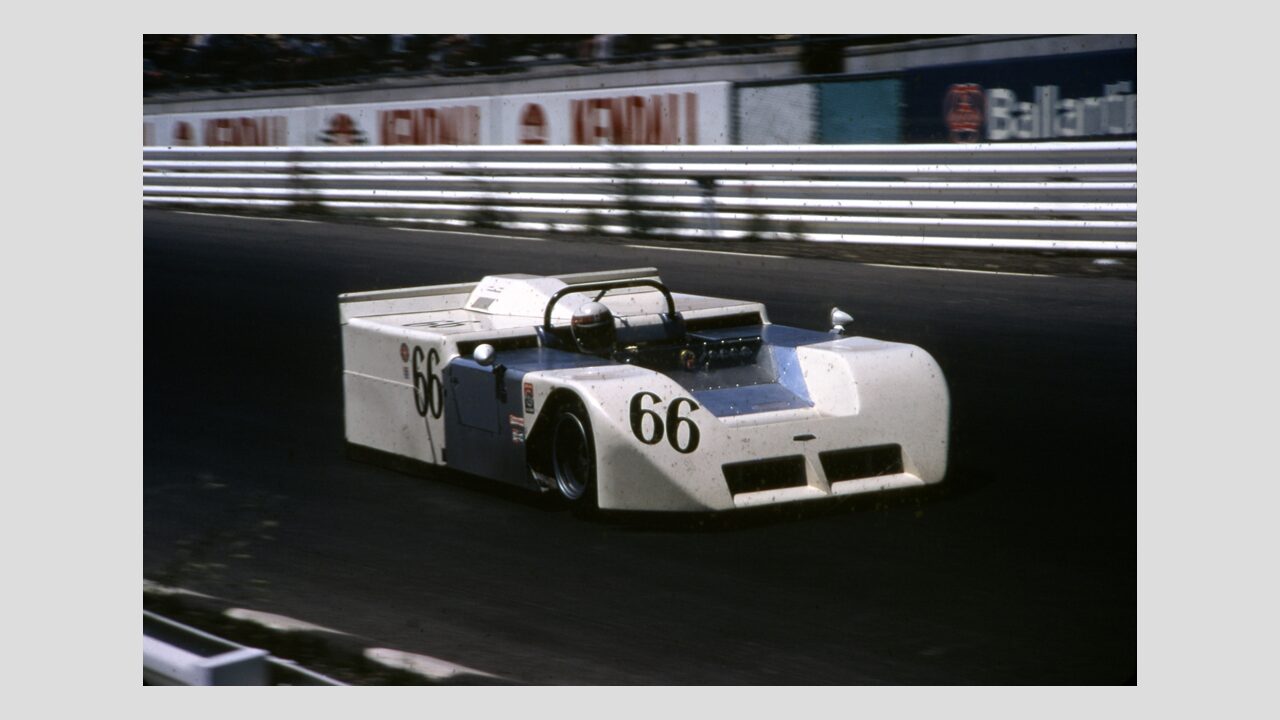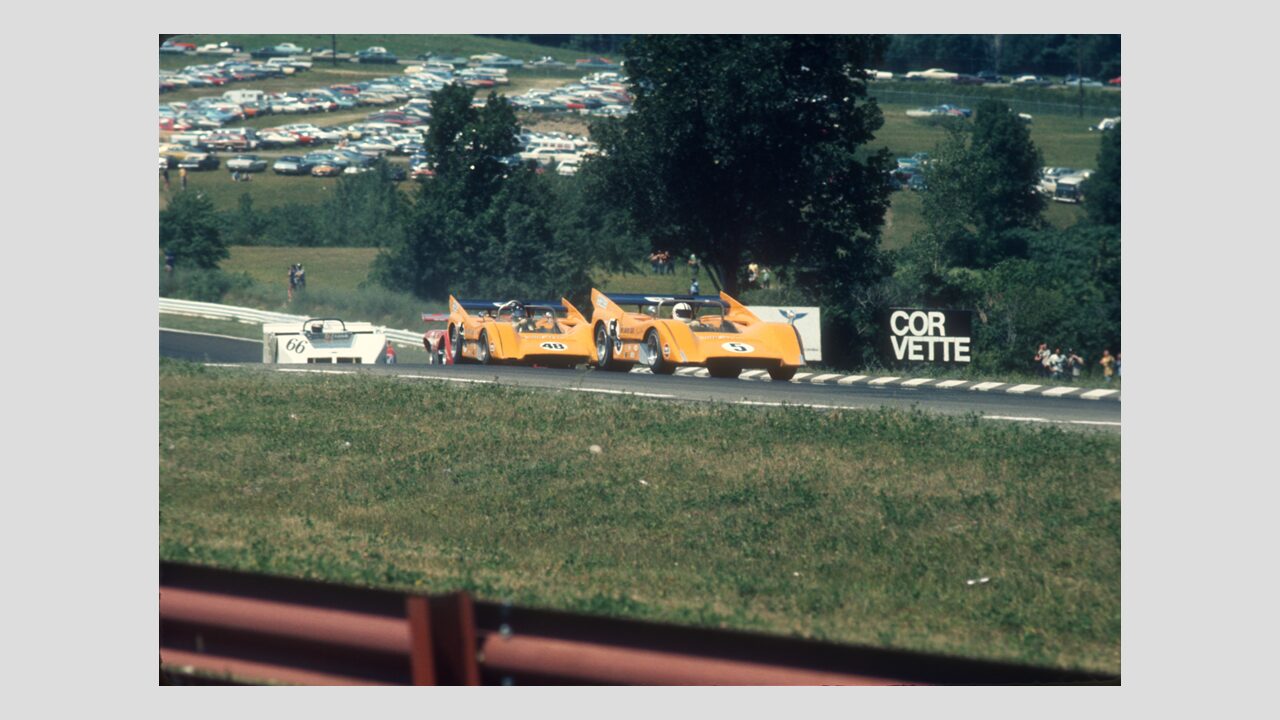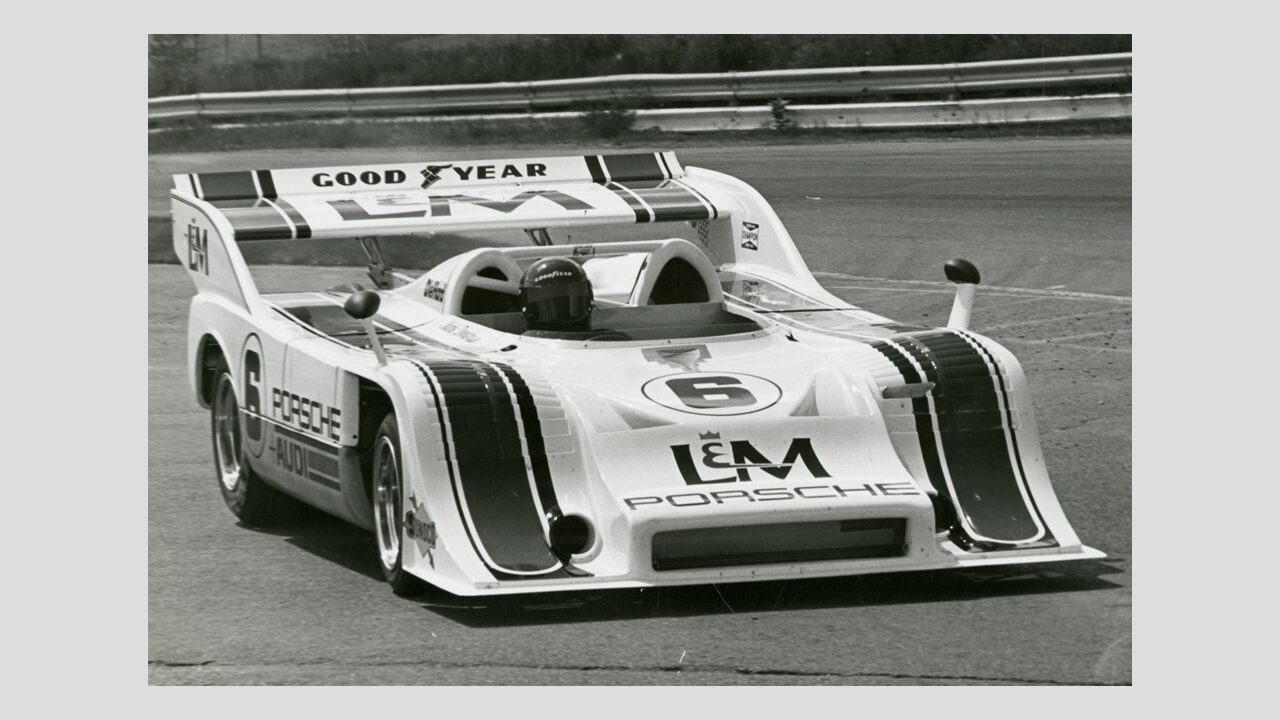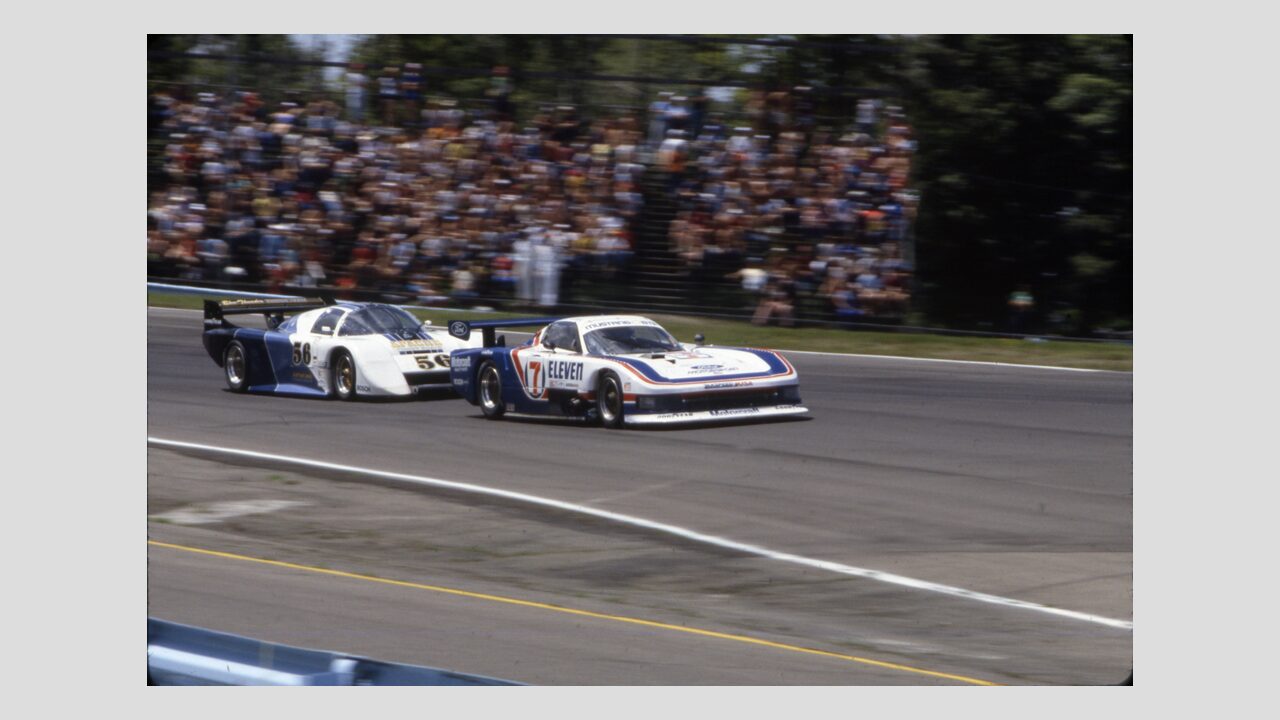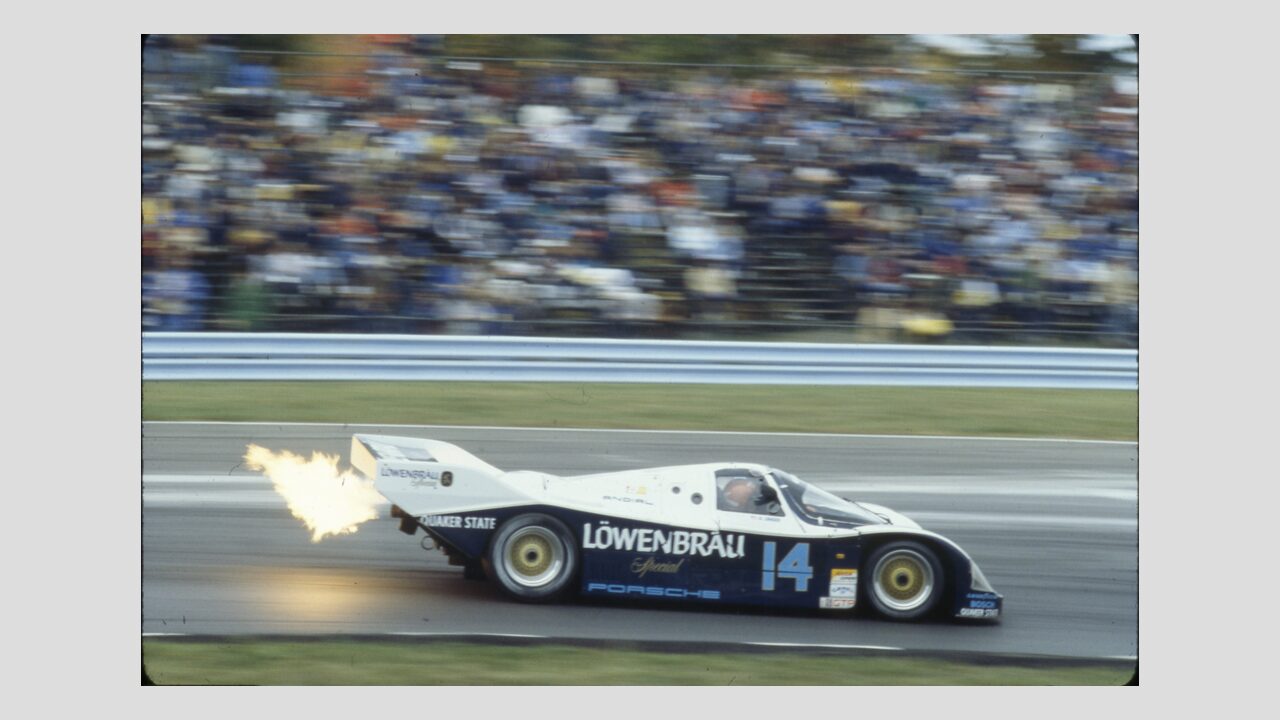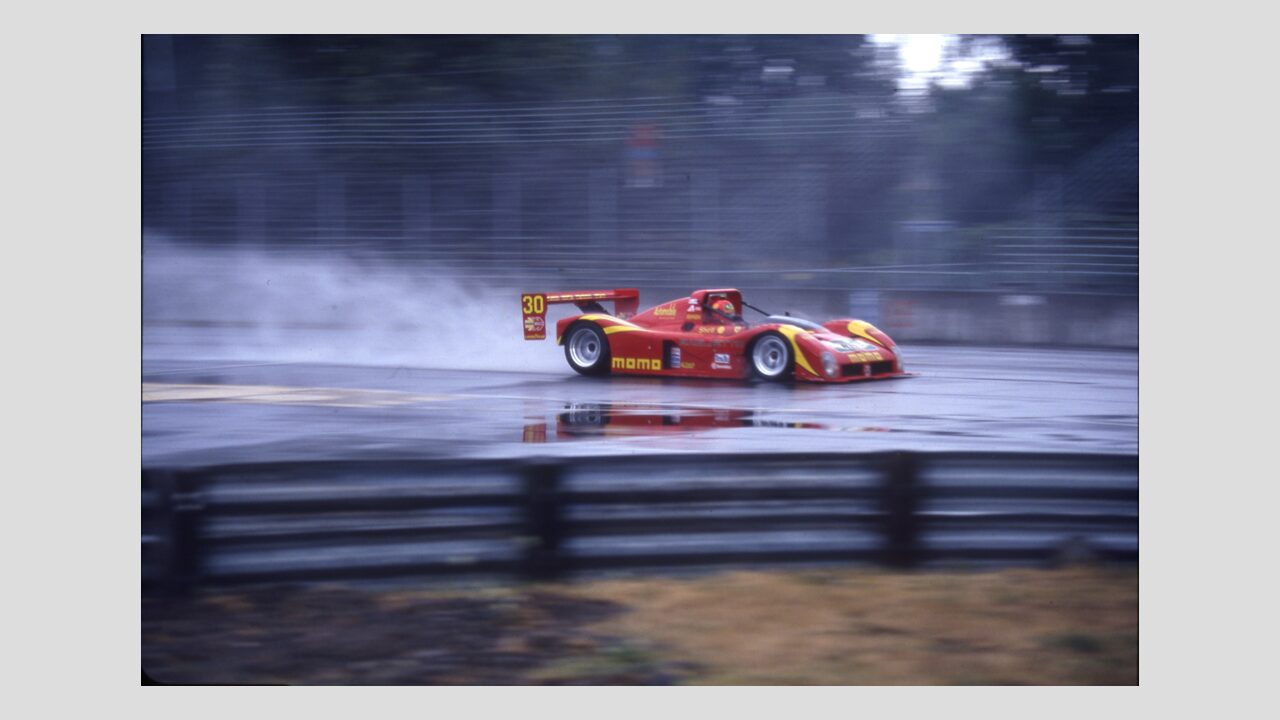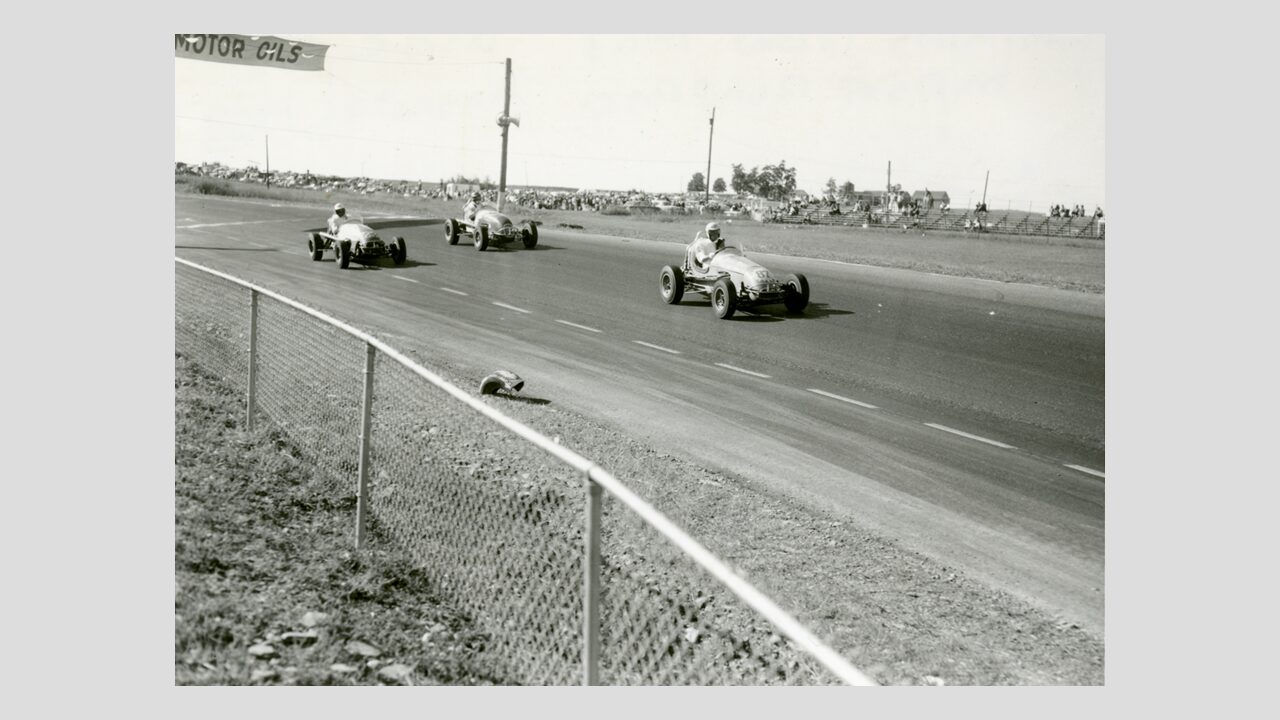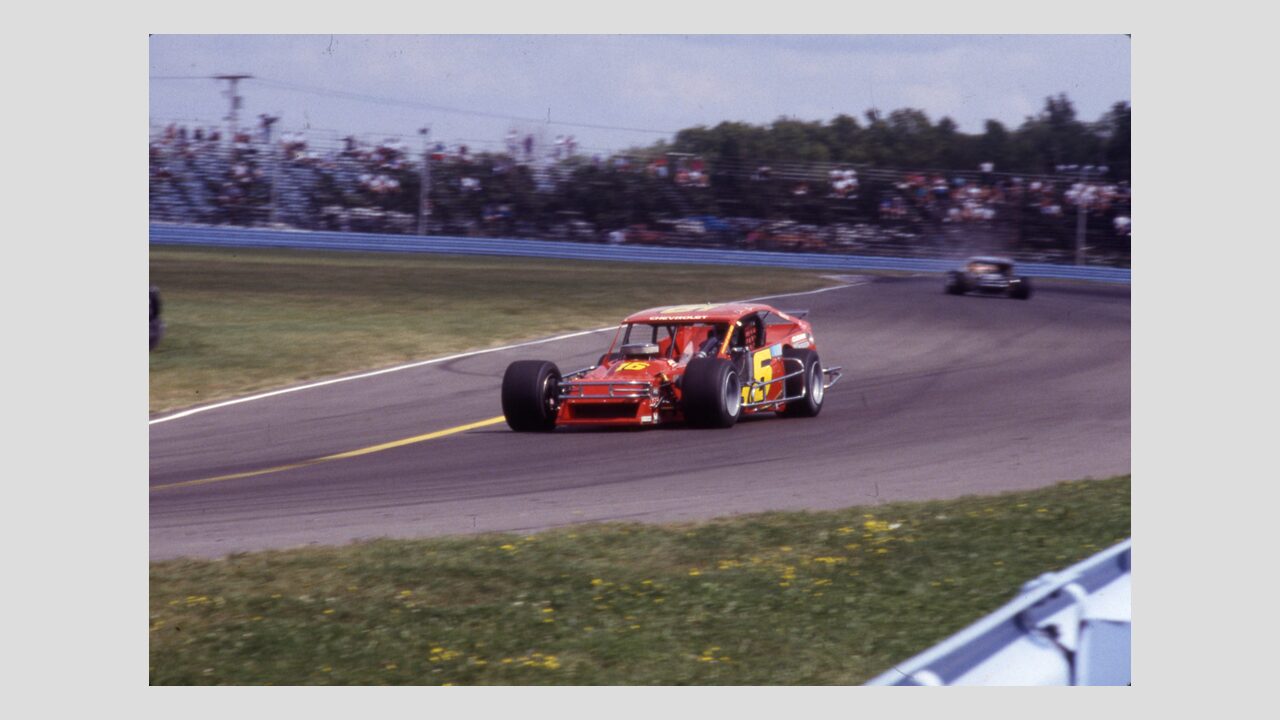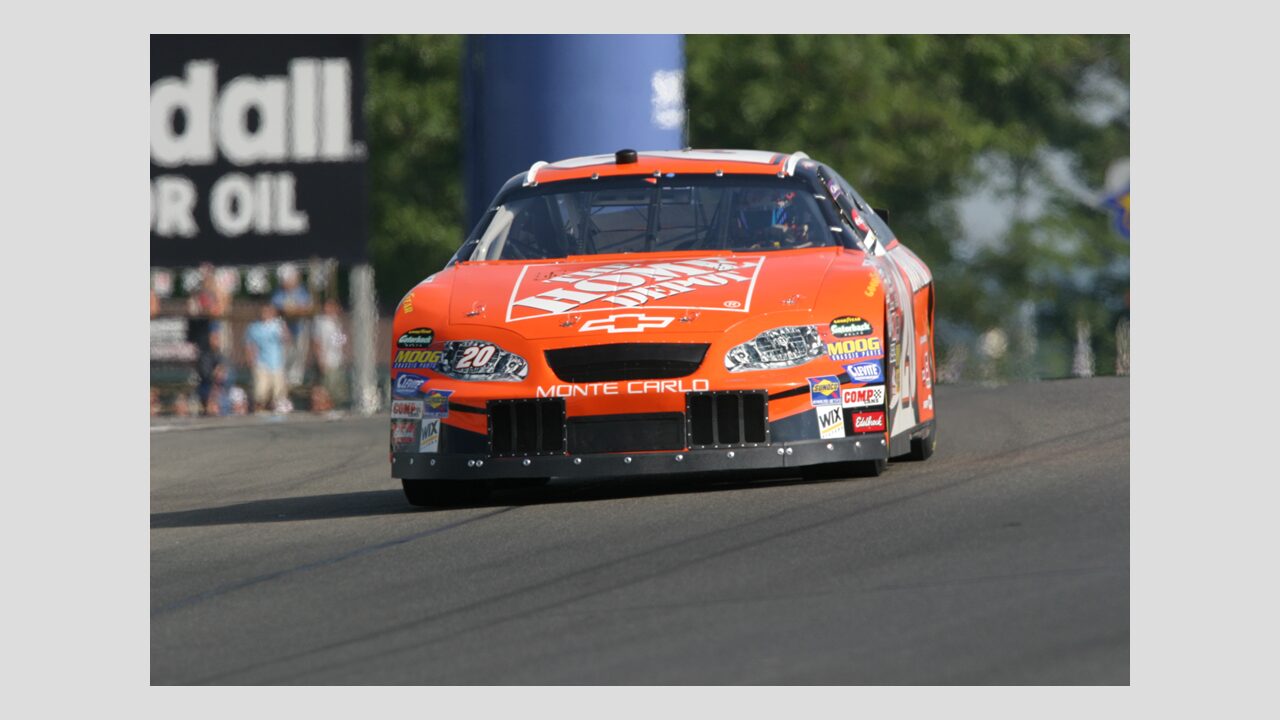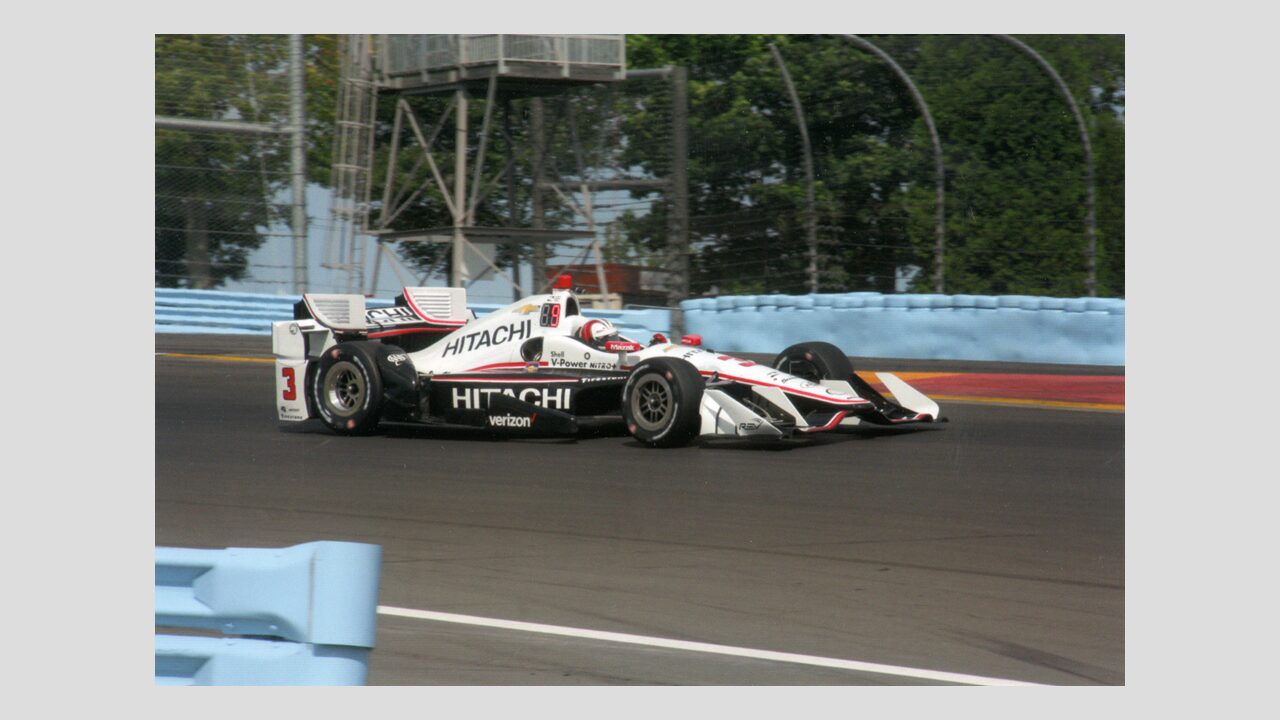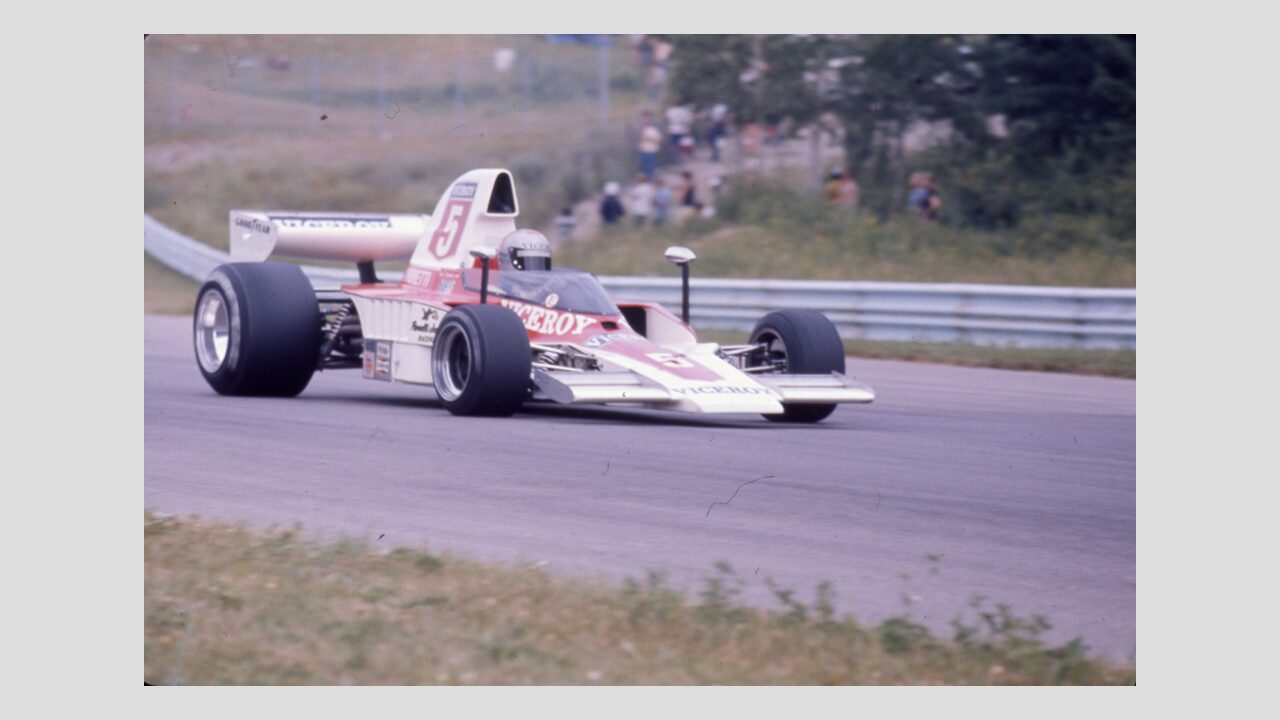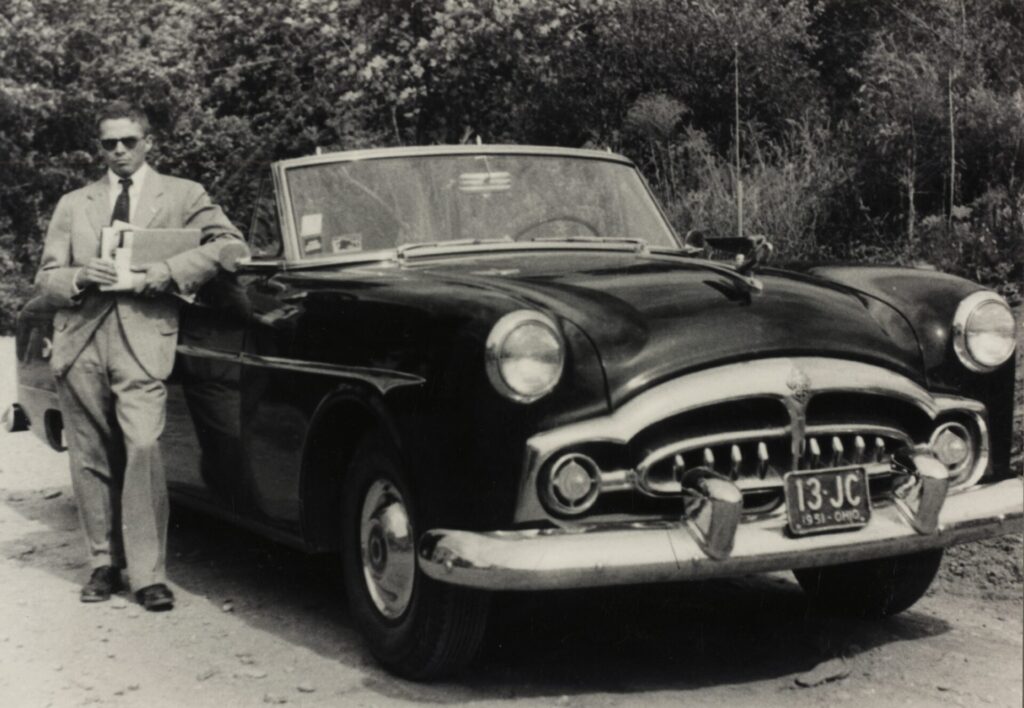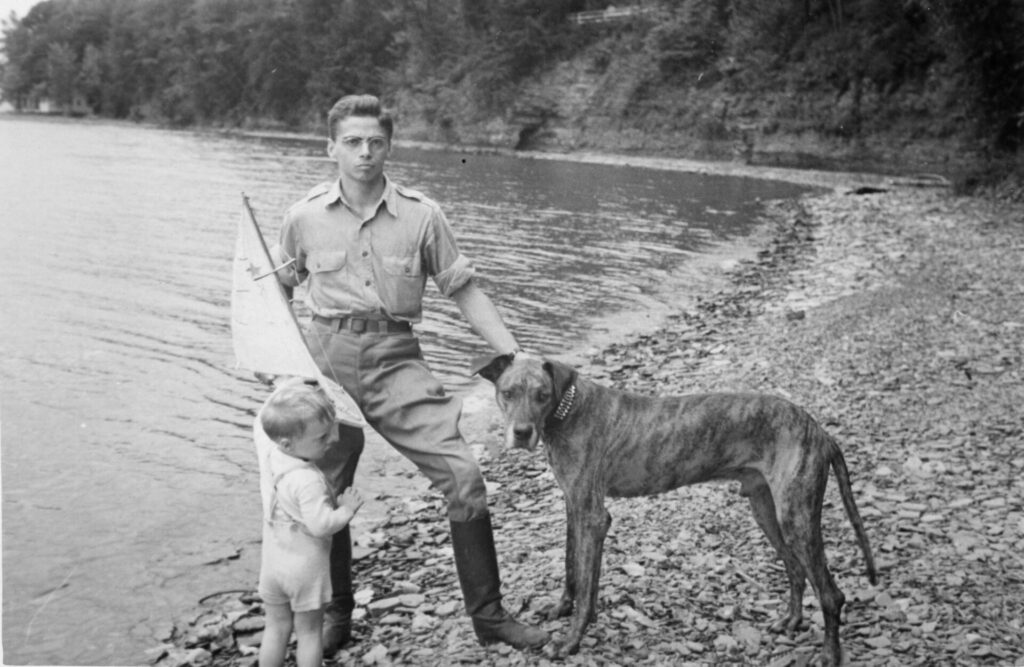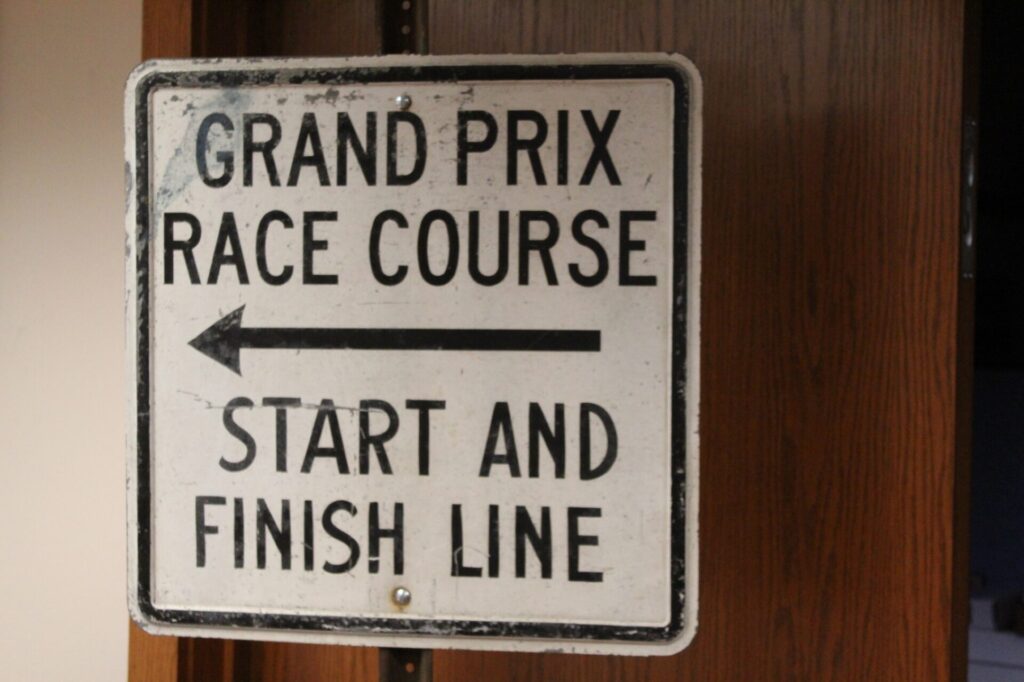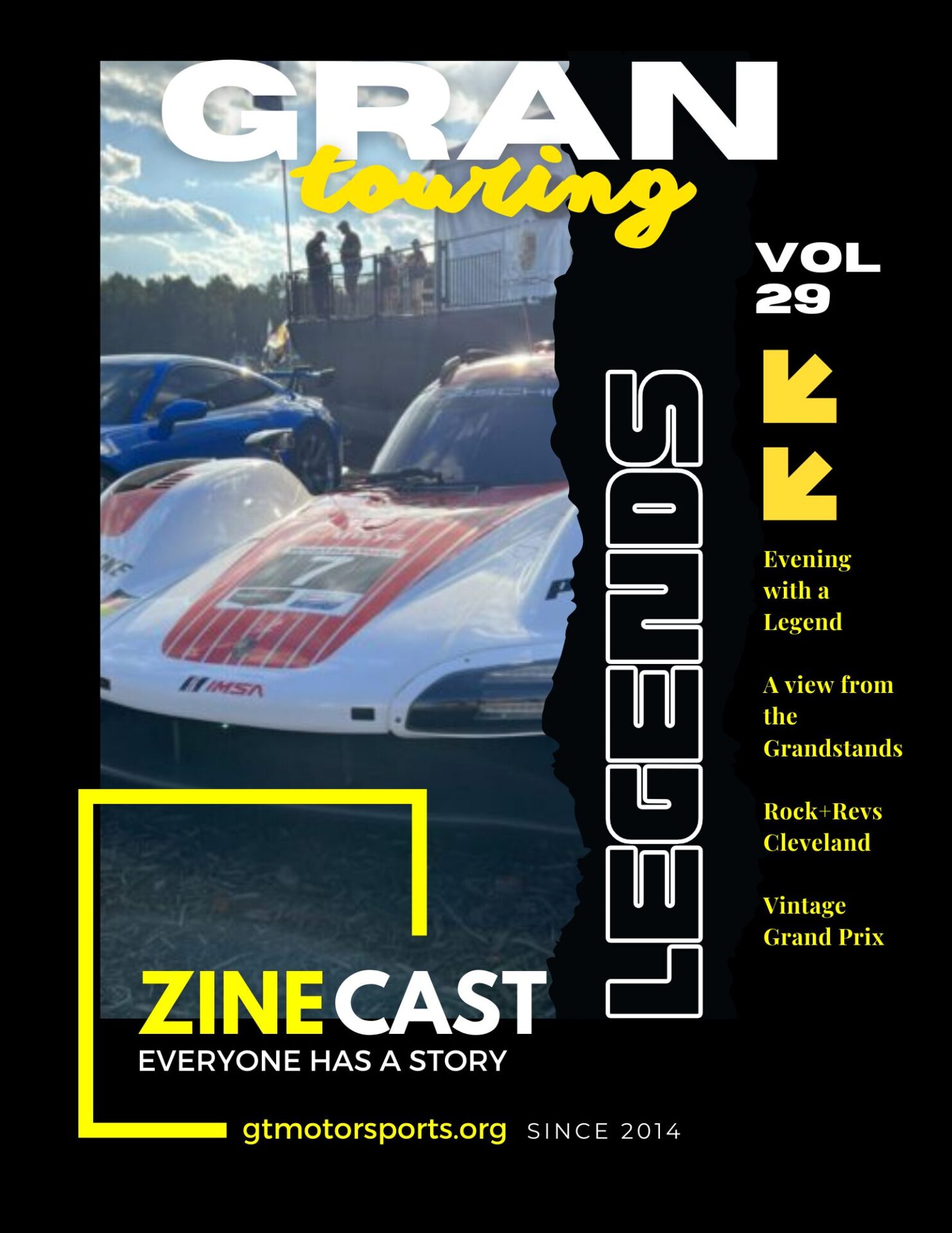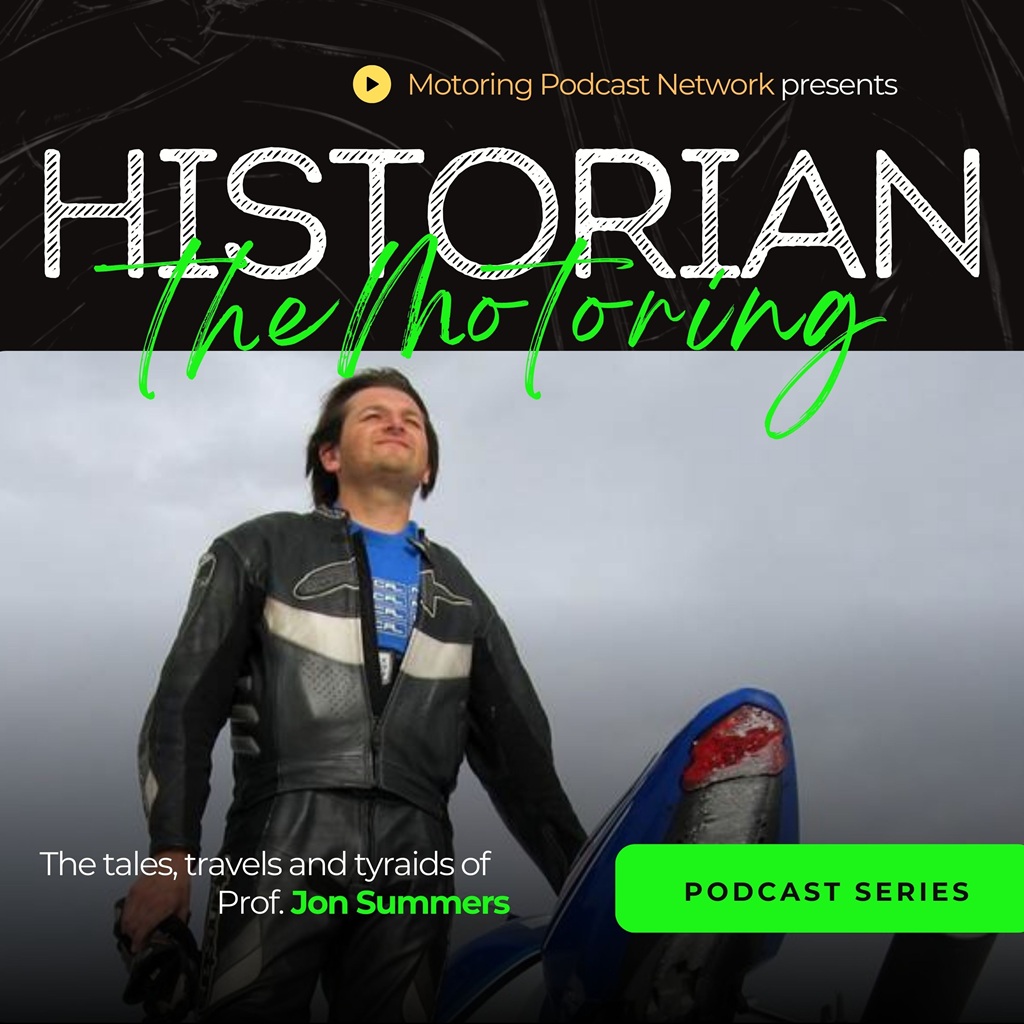[00:00:00] Brake Fix’s History of Motorsports series is brought to you in part by the International Motor Racing Research Center, as well as the Society of Automotive Historians, the Watkins Glen Area Chamber of Commerce, and the Argettsinger family.
Hey everybody, Crew Chief Eric here. And on this edition of Too Long Didn’t Read, we’re joined by Kip Zeider from the International Motor Racing Research Center to talk to us about Cameron Argetsinger’s dream to bring Grand Prix racing to the United States, which got its start at Watkins Glen and has lasted for over 75 years.
1948 to 2023, 75 years of racing at the Glen. It all started with one man, car, and a dream. Cameron Argetsinger was the man. And MGTD was the car and the dream was to hold a European style road race to the streets and roads around Watkins Glen. The obstacles Mr. Argesinger faced were almost insurmountable, needing to get approval from [00:01:00] local, state, county officials to run the race.
Even having to stop the trains from running for a single day, the race had to be sanctioned, and obviously, ultimately was, by the fledgling sports car club of America. A person with less passion and drive would probably have thrown up their hands and walked away from the project, but Cameron was not cut from that cloth.
And on October 2nd, 1948, the first post World War II race in America took place through the small village streets of Watkins Glen, New York. It began with a curious crowd of spectators estimated at roughly 10, 000 to watch two races. A Junior Prix of four laps and a Grand Prix of eight laps in length around a 6.
6 mile course of public roads that circled the state park. The start finish line sat boldly in front of the county courthouse on Franklin Street. 23 cars ran in Junior Prix and 15 cars competed in the Grand Prix. Both races were won by Frank Griswold driving a 1938 Alfa Romeo. The great American sportsman, Briggs Cunningham, finished second in each race.
Hargett Singer suffered a flat [00:02:00] tire in the junior pre, but rebounded to finish ninth in the Grand Prix. This was a very challenging circuit composed of paved roads, stone roads, dirt roads. In 1949, the race state was moved to mid September and remained there during the Street Ears era. Two races were also held in 1949.
The Junior Prix was renamed the Seneca Cup. It remained at four laps in length, but the Grand Prix was increased to 15 laps in length. Beginning in 1950 and through 1952, three races were held. Each year, the crowd increased dramatically. By 1951 and 1952, crowds are estimated in excess of 150, 000 people.
Racing through the streets was not without incident, of course. Yes, straw bales. We’re pretty much the only thing separating the cars from the crowd. The cars were obviously getting bigger and faster. And with the increased number of spectators, it was only a matter of time before something would happen.
In 1952, a crowd brushed the crowd and sadly a young boy was killed and several other people were injured. The days of [00:03:00] racing through town ended precisely with that incident. That race was never finished and they never raced through town again. While the 1952 tragedy ended racing through town, it certainly did not end the enthusiasm that racing had generated in Watkins Glen.
A circuit of roughly 4. 5 miles using town roads outside the village itself was utilized in the years 1953 to 1955. Itself a very challenging circuit. One of the benefits was that it actually allowed the competitors a day of practice before the actual races. Something that was never able to be accomplished when they were running through the streets of town.
The street races were all one day races, show up, race, go home same day. Realizing that a permanent circuit was really necessary to take racing to the next level, more professional level at Watkins Glen, several hundred acres of land were purchased and a permanent circuit was built in 1956. A teardrop shape, roughly two and a half miles in length, the goal was to have the fastest road course in the country with lap speeds in excess of [00:04:00] 100 miles an hour.
Appropriately enough, as both NASCAR and Watkins Glen celebrated their 75th anniversaries last year, the first actual professional race, i. e. people got paid, was a NASCAR stock car race in 1957. NASCAR returned in 1964 and 1965 and returned permanently in 1986. And it’s become the biggest spectator event held annually at the track, almost as soon as the permanent circuit was in place.
Cameron’s goal became to bring the premier road racing series in the world. The Formula 1 Grand Prix circuit to Watkins Glen. The series had run without much fanfare at Riverside and Sebring previously. Did not attract many people. Did not get hardly any attention at all through the media, but with the same tenacity that he used to bring racing to Watkins Glen in 1948, in 1961, the Formula One United States Grand Prix came to Watkins Glen, beginning a glorious 20 year history of Grand Prix racing here.
Hosting the Formula One circuit for 20 years put Watkins Glen on the world stage of motor [00:05:00] racing. It became the event of the fall and was run under either lovely warm Indian summer type weather, the leaves are turning, the breezes are blowing, or exactly the opposite with rain and snow and mud and just horrendous conditions.
Also during that 20 year period, in 1971 to be exact, the track length was increased to its current 3. 377 miles. As a section known as the boot was added speed of the cars again in the late 1960s, it increased to the point where the speed of the cars were starting to outstrip the capabilities of the track and a longer circuit was needed.
The boot added more than a mile to the overall length of the original circuit and was universally hailed by drivers as a challenging and very new dynamic to the course today. Formula 1 races. In Austin, Texas, Miami, and in November of last year, they made their actually second appearance in Las Vegas. We all wish that would host another Formula 1 Grand Prix from an economic standpoint.
That simply will never happen. So they can have as many races in the United States as they’d like. But the Glen is still and will always [00:06:00] be the really rightful home of the United States Grand Prix. So, the last Formula 1 race was in 1980. Sadly, the track had gotten into financial difficulties, largely due to how they financed adding the boot in 1971, and the 20 year marriage ended.
They had actually not been able to pay the purse for the 79 race. But they built up such good feelings among the Formula One community over the years that they gave them a one year reprieve. And sadly, when they came back in 1980, the finances were not any better than they’d been the previous year. So Formula One walked away in 1980, sadly never to return.
But from the first winner of the first race in Ireland in 1961, which ironically was the only Grand Prix win of his career, to the last winner, Alan Jones, in 1980, Which was the culmination of his world championship season. It was truly a magical 20 years run, but the Glenn has paid host to many other great racing series and notable drivers over the years, Ken Miles driving the famous Cobra, Mark Donohue and Walt Hanscom in Mustangs, Mark Donohue [00:07:00] again, driving the all conquering Sunoco Camaro from 1968, the great Parnelli Jones capping off his.
Championship winning season in 1970, Parnelli Jones, arguably one of the toughest, meanest guys ever to slurp in behind a race car. In my opinion, the greatest road racing series ever held was the original Can Am or the Canadian American Challenge Cup series, which ran from the late 1960s to the early 1970s.
Few rules, big horsepower, interesting drivers. Great tracks, constantly changing ideas regarding aerodynamics. And again, remember this was before the era of the computer designed car, big name drivers, the series really had it all. Let’s look at the IMSA years. Now IMSA still races to this day, but the International Motorsports Association was founded by John Bishop, a former president of the Sports Car Club of America.
It ran its first race at Pocono Raceway in 1969, and has been a dominant as an organization in sports car racing for 50 plus years. Thank you. The IMSA organization was always known for a [00:08:00] large number of different cars. Even today, that remains true. They’re on a roll. They have their hypercars and three or four other series that IMSA is a very strong organization in sports car racing.
Here’s something that you wouldn’t have thought would have raced here. These are midgets. The midgets race here actually on more than one occasion. Now midgets we commonly think are on a dirt track or a paved oval. Don’t midgets only turn left? Well, not when racing at Watkins Glen. Specifically for midgets, it’s interesting to note that six Offy midgets competed in the 1959 International Formula Libre race against a field that included Jaguars, Maseratis, and Lotuses.
That race was won by a Cooper Climax Formula car, but an Offy midget actually ended up finishing second. Another car that we normally associate with short track racing and only turning left, and one of my favorite types of cars, is the Asphalt Modified. Mods also are traditionally just associated with circle tracks turning left.
Modified Tour races have run here, I believe, on at least four different occasions. Very exciting. They’re a little bit out of their element here, but they put on a great [00:09:00] show. The fans enjoy seeing them, if only for the novelty of it. NASCAR. I told you that NASCAR returned back in 1986. Has been here ever since.
And IndyCars competed here on three different occasions. IndyCars first competed here from 1979 to 1981, then 2005 to 2010, and most recently, 2016 and 17, kind of as a replacement for the ill fated Boston street racing circuit that never took place. Now, while IndyCars put on a spectacular show here, their wicked fast.
Unfortunately, they always got weekends that were not good fan weekends. The original contract in 2016 was supposed to be for three years, but both sides mutually agreed to end it after the 2017 race. We’d love to have them back. Everybody from IndyCar loved coming here. The problem now is simply trying to find a hole in their schedule where they could run.
The weekend that was traditionally the Watkins Glen weekend is now Portland Oregon race. Formula 5000 followed the original [00:10:00] K& M series. Again, it was small block Chevy V8 motors, spectacular racing, Mario Andretti, Brian Redman, all kinds of great drivers. It was just a spectacular series. It was actually sanctioned originally by USAC and USAC didn’t really do it.
Any great favors in terms of publicizing it and everything, but it was a tremendous series while it lasted. And then finally, we come to 2023. As I said, originally, IMSA is on a roll, both from the standpoint of number of different car manufacturers that are entering these days, number of different classes of cars that are running in their races, the big IMSA race here is always the six hour race, which takes place in late June.
So from our original start through the streets of Watkins Glen in 1948, to the current 2024, racing has gone on uninterrupted. Racing just keeps getting bigger. It’s pretty cool to think that what started on the streets of a small village in upstate New York way back in 1948 continues today at a state of the art course up on the hill.
But [00:11:00] everything that led to that state of the art course on the top of the hill began down through the streets of Watkins Glen. So there you have a very quick 75 year racing history of Watkins Glen. Thanks for listening. This episode is brought to you in part by the International Motor Racing Research Center.
Its charter is to collect, share, and preserve the history of motorsports spanning continents, eras, and race series. The center’s collection embodies the speed, drama, and camaraderie of amateur and professional motor racing throughout the world. The Center welcomes serious researchers and casual fans alike to share stories of race drivers, race series, and race cars captured on their shelves and walls and brought to life through a regular calendar of public lectures and special events.
To learn more about the Center, visit www. racingarchives. org. This episode is also brought to you by the Society of Automotive Historians. They encourage research into any aspect of automotive history. The SAH actively supports the compilation and preservation of papers. Organizational [00:12:00] records, print ephemera and images to safeguard, as well as to broaden and deepen the understanding of motorized wheeled land transportation through the modern age and into the future.
For more information about the SAH, visit www. autohistory. org.
We hope you enjoyed another awesome episode of Brake Fix Podcast brought to you by Grand Touring Motorsports. If you’d like to be a guest on the show or get involved, be sure to follow us on all social media platforms at Grand Touring Motorsports. And if you’d like to learn more about the content of this episode, be sure to check out the follow on article at gtmotorsports.
org. We remain a commercial free and no annual fees organization through our sponsors, but also through the generous support of our fans, families, and friends through Patreon. For as little as 2. 50 a month, you can get access to more behind the scenes action, additional Pit [00:13:00] Stop minisodes, and other VIP goodies, as well as keeping our team of creators Fed on their strict diet of fig Newtons, gummy bears, and monster.
So consider signing up for Patreon today at www. patreon. com forward slash GT motorsports, and remember without you, none of this would be possible.
